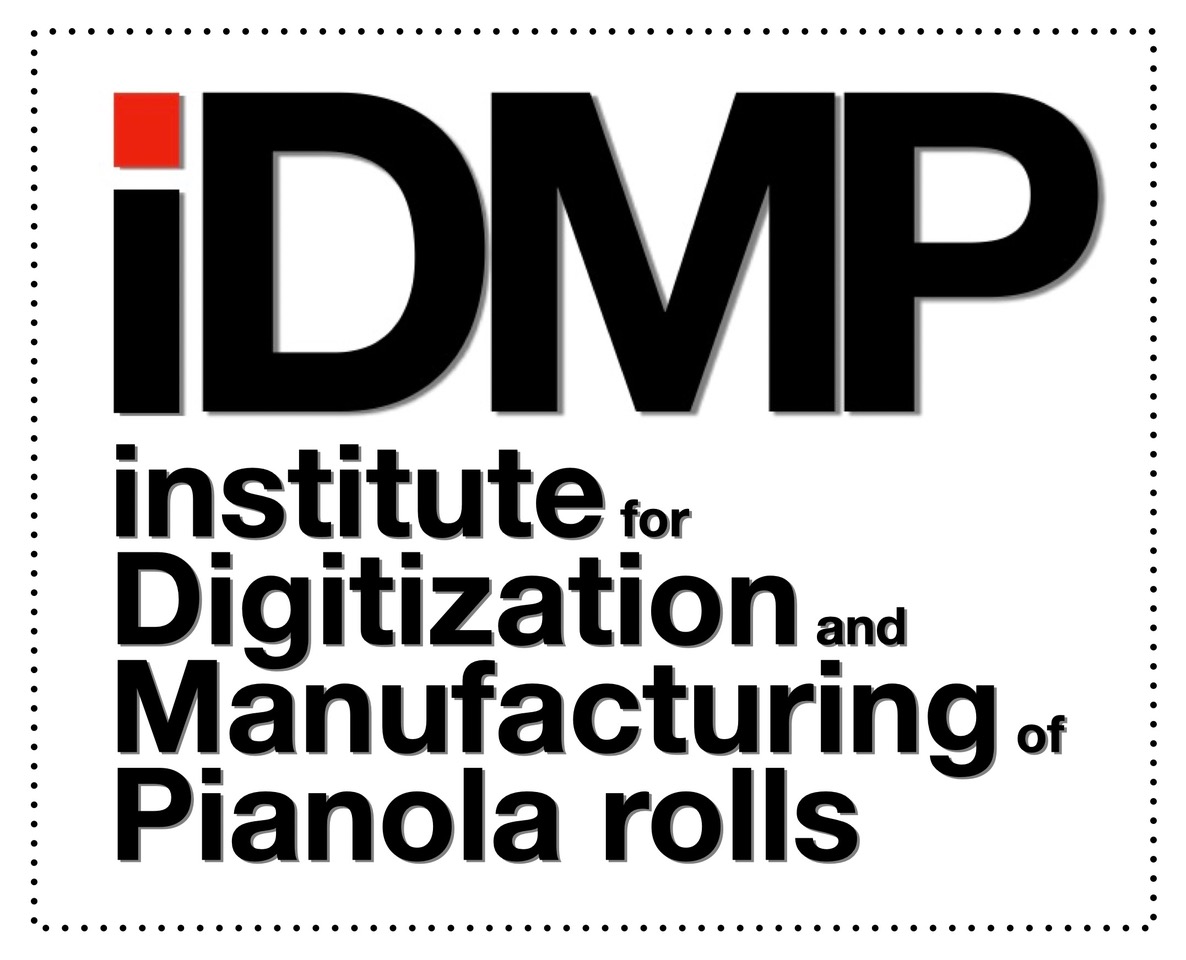It is best to keep the piano clean so that it requires little cleaning. Of course, this cannot be completely avoided. It is important for anyone who buys a second-hand piano to have it professionally cleaned before it comes into the house, as over the decades it can contain considerable and potentially harmful impurities (e.g. lead oxide, mercury in pianolas, mould, etc.).
A new or professionally cleaned piano only needs normal cleaning, just like any other piece of furniture. This means a feather duster and a lint-free cloth - no cleaning agents, no wet cloths. Polished surfaces remain beautiful for a long time if they are carefully dusted. If there are scratches or stubborn dirt, they can be polished properly. However, this requires knowledge of the respective surface and polishing options. The natural shellac of old pianos in particular must not be treated with cleaning agents, polishes or varnishes.
The inside of an upright or grand piano is very sensitive. Please do not clean it yourself, but call in a professional and either have it done or have them show you how. Under no circumstances should you use a hoover or similar to clean the sensitive areas of a piano - and these are almost everywhere.
The soundboard of grand pianos collects dust over time. A soundboard cleaning rod set(available from us here), a special attachment for a hoover and, if necessary, carefully applied compressed air (do not use in the living room) can help here. But be careful, it's easy to scratch the soundboard or the frame.
A dirty and discoloured ivory keyboard can be professionally cleaned, bleached and polished so that it looks uniform and beautiful again. A piano should be kept closed when not in use for long periods of time to keep dust etc. away from the inside. The piano gets enough ventilation, as all lids are designed so that air can circulate even when the lids are closed.
As tempting as it is, please never place glasses or vases with water in them on the piano or grand piano. The same applies to cups with hot drinks in them. The veneered wooden surfaces react sensitively - especially the old shellac surfaces. Temperature-induced condensation forms on the underside of the veneer, causing marks. Hot cups dissolve the lacquer and leave marks. Scratches can occur with any type of object. Such surface damage can only be repaired with great effort. And if liquid does run into the instrument, it can potentially cause major damage.


